Recently, my living situation has aligned itself in just such a way that I have developed an interest in cooking. I’m coasting along on what money remains until I return to America in a couple months, want to learn Japanese dishes while in the little time I have left, and want to supplement my newfound exercise habits with healthy meals.
I am a dude with a Jewish mom, so I have quite literally never had to fix anything more ambitious than a sandwich or an omelet. Cooking can be daunting at first! Luckily, most Japanese staples are incredibly simple to make, healthy, and cheap. Tonight, I made:
Oyakodon – steamed white rice, topped with chicken, egg and onions served in traditional Japanese dashi broth.
For the unfamiliar, donburi is a dish made from rice, broth or water mixed with soy sauce and rice vinegar, and various toppings. Donburi is as filling as it is delicious, and generally requires less than 30 minutes to prepare.
ROUGH LIST, SERVES 1
1 cup of Japanese white rice
1/2 onion
1.5 tbsp dark (regular) soy sauce
1 tbsp mirin (Japanese rice vinegar)
1/2 cup water
1 tbsp sugar
1 tsp dashi (powdered soup stock made from kelp and skipjack tuna, a fundamental ingredient for Japanese cooking, including miso soup)
~1/4 cup chicken thigh; enough for about 6 bite-sized chunks
1 egg
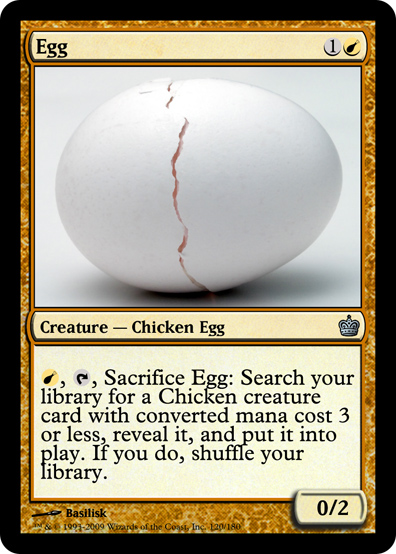
STRATEGY
RICE: Wash your rice a few times until the water isn’t cloudy, but don’t worry too much, as cloudier rice is just stickier rice.
Combine one and a bit cups of water for each cup of rice you make in a pot.
Cover the pot with a lid, and bring the rice to a boil on high heat.
Then, cook it on low for about 15-20 minutes, until the water is mostly gone.
Remove the pot from the fire, and let it steam with the lid on for another 10-15 minutes.
Or, use a rice cooker. Seriously.
ONION: cut off the narrow ends of the onions. Place it flat on the cutting board, slice it in half, and remove the skin. Wrap one half in aluminum foil and put it back in the fridge, because you are poor. place the other half on its broad, flat side, and cut it widthwise into ~5mm strips.
CHICKEN: remove any bones and skin from your thigh meat, rinse it, and cut it into bite-size portions.
EGG: beat an egg.
BROTH: combine the dashi, soy sauce, water, rice vinegar, and sugar in a pan.
Mix the ingredients, cover the pan, bring the heat to medium, and leave the mixture for a minute or two.
When the broth is hot and uniform, remove the lid and stir in the onion before replacing the lid again.
After another couple minutes, stir in the chicken and put the lid back on.
Wait a couple minutes to turn over the chicken, and when it’s cooked on both sides, stir in the egg; make sure it doesn’t stay together enough to form any large pieces.
Pour the mixture over your bowl of rice. Congratulations! Enjoy your delicious donburi with chopsticks and a spoon.
Without further ado, here is how the tournament went.
Round 1 opponent: WGr Beef Yakisoba
He opens with a pile of steaming broiled noodles topped with rare beef and oblique cut green onions. I lay an egg and pass the turn. He picks up his chopsticks and swings with a slice of beef and a hank of noodles, spraying beef juice over my board for -1/-1. I crack the egg and fetch a chicken equipped with makotobashi. I lay a scoop of white rice and top it with a drizzle of soy and vinegar. He draws 4 noodles in a row and scoops his lunch.
Second game much like the first, except now I’ve found my onions and my onions trample over his onions and take his beef.
1-0
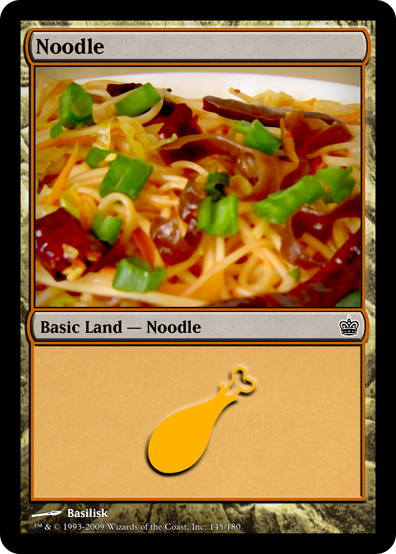
Round 2: BW Futomaki
This is a variant on the popular Japanese deck substituting G avocado for R snapper. Basically he rolls over me as I try to find a protein source and fail.
1-1
Round 3: Texas Toast
I am quite surprised that this is still seeing play. I’m having trouble getting past the cheese and garlic but eventually rice proves a more stable mana base than rye. First game I lose horribly to garlic. Second game I side out onions and chicken and throw in 4x pickled egg and 3x wasabi. Even though he has slathered the red zone with butter and garlic cheese, the wasabi comes down hard and fast, and burns his sinuses right out. Game 3 I go rice, egg, 2x wasabi and he offers the handkerchief.
2-1
Round 4: E. Honda playing 5c Torinabe
This is Swiss final round and I’m tired, thirsty, and have a runny nose. E. Honda entered the tournament with a 2050 rating and 1 point shy of a 3-bye invite to GP Bangkok. He is piloting a new, unscouted version of his trademark midrange toolbox Nabe deck, and is an impeccably technically precise player despite his quirky tournament attire of bath towel and geta. He clomps over to the table, settles his 270 kg frame into the tiny folding chair, and smiles.
Game 1 saw me get a good start with Rice, egg, 2 chickens and a dash of vinegar. He seems to have trouble finding a black mana but manages a turn 3 norimaki and starts laying out some serious fat. I am pinging in the air thinking this will be a long but inevitable game. Then he sacs potato, norimaki, crab, tuna, and mushroom to get Mothra. I try to distract the giant with Wasabi but remember as Honda untaps that moths can’t smell.
Game 2 I side out 4x mirin and side in 4x Kirin.
We are both getting drunk but I am secretly taking pings from my own Wasabi and it keeps me alert enough to outmaneuver Honda, who is by this time sleepy drunk and has to get up to pee. He has taken 3x Kirin to the face and looks like he is about to pass out as the judges watch him lurch for the washroom. After several minutes he returns, red in the face and somewhat more alert. But it has cost him momentum and he fails to deal with 100 stings from wasabi + raw onion.
Game 3 I start out with Kirin. Rough on the stomach this early in the game, I am getting low on life and it seems he has developed a tolerance. I keep at it though, and finally he is so drunk he can’t remember whether he has untapped this turn and forgets a bunch of may effects during his upkeep. I go all-in with a sick chicken and he folds. Literally. His folding chair finally collapses, he goes down, tries to get back up, and is down for the count as the judges wander by to keep him from falling asleep in the aisle.
3-1
I gotta go pee so bad, I miss the final standings but hear later on I was just shy of top 8.


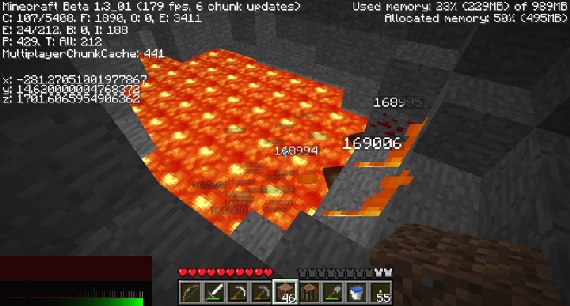
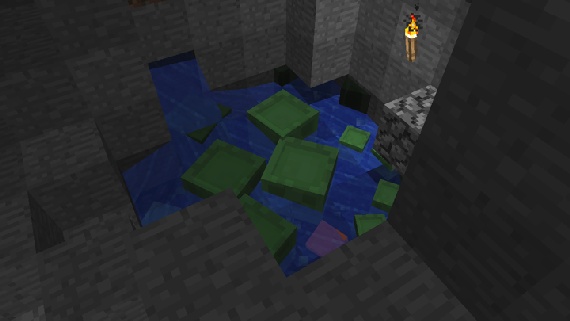
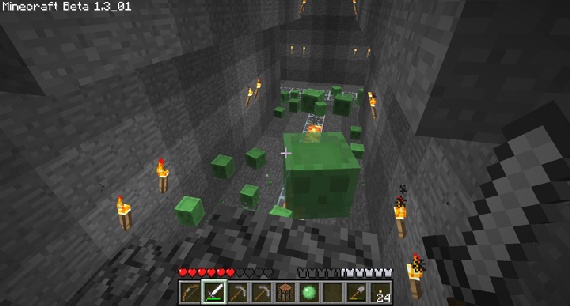
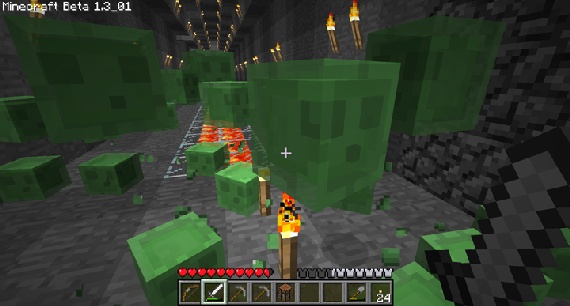
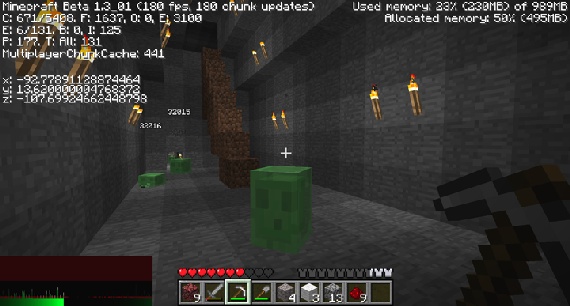
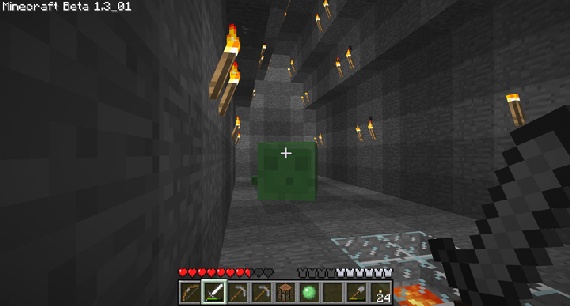
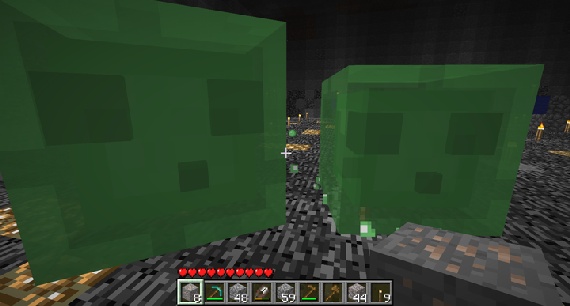
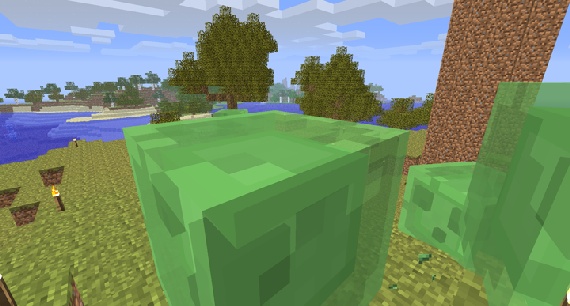
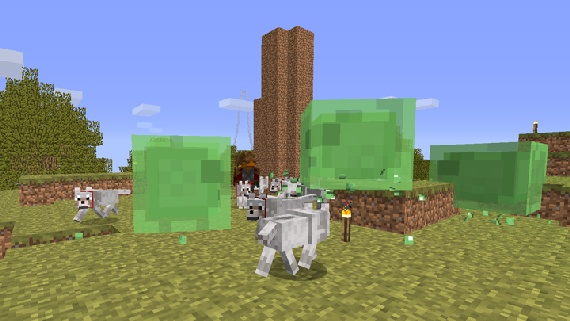
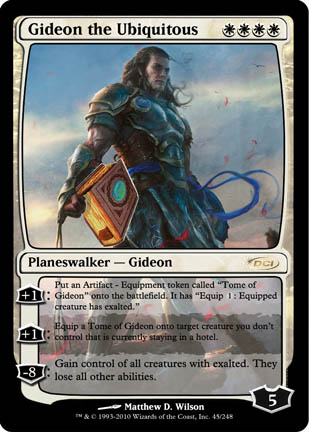



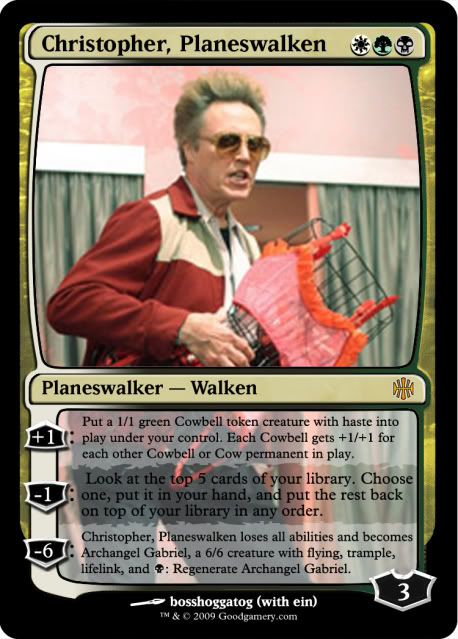

 we would get curbstomped.” Teeg was allowed out of the store unharmed, because he had a copy of Y Gwawd (The Troubadour) Welsh-language arts weekly unfolded over his face to hide his earrings, and flashed a copy of Engineered Plague as he ducked past. “I just muttered, ‘I don’t play Elves…I don’t play Elves’ as I went through the picket lines, and they left me alone. I don’t really get it.”
we would get curbstomped.” Teeg was allowed out of the store unharmed, because he had a copy of Y Gwawd (The Troubadour) Welsh-language arts weekly unfolded over his face to hide his earrings, and flashed a copy of Engineered Plague as he ducked past. “I just muttered, ‘I don’t play Elves…I don’t play Elves’ as I went through the picket lines, and they left me alone. I don’t really get it.”